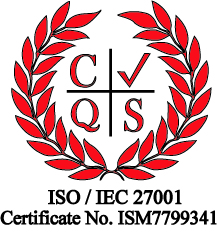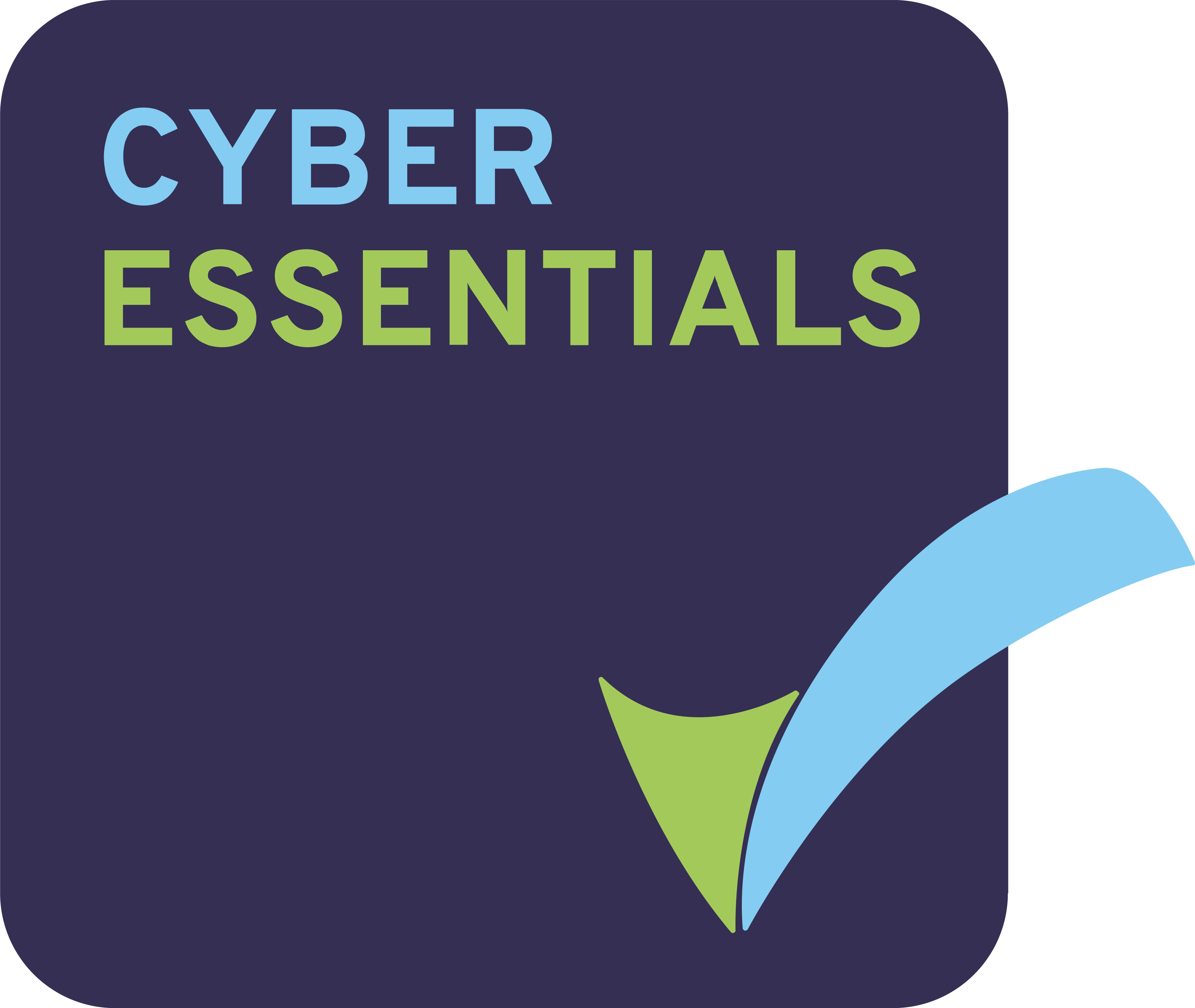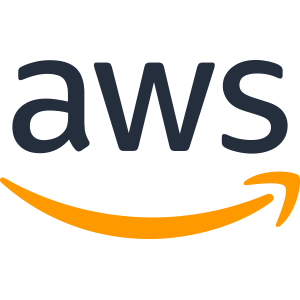Privileged Access Management (PAM) is an identity security solution designed to protect companies against cyberthreats by monitoring, detecting, and preventing unauthorised privileged access to critical resources. PAM ensures secure remote access using encrypted gateways, eliminating the need for risky password-based authentication.
PAM operates through a combination of people, processes, and technology, providing visibility into who is using privileged accounts and their activities. By limiting the number of users with access to administrative functions and adding extra layers of protection, PAM enhances system security and mitigates data breaches caused by threat actors.
How does it work?
PAM works by identifying the individuals, processes, and technology that require privileged access and specifies the policies that govern them. The PAM solution should support these policies, including features like automated password management and multifactor authentication. Administrators should be able to automate the creation, modification, and deletion of accounts, and PAM should continuously monitor sessions to facilitate anomaly detection and investigation through generated reports.
Primary use cases
We now know how PAM is designed to help protect your company, but what other benefits are there?
- Preventing credential theft: Credential theft is a common threat where login information is stolen to gain unauthorised access. PAM mitigates this risk by ensuring just-in-time and just-enough access and implementing multifactor authentication for admin identities and accounts.
- Achieving compliance: Many organisations must adhere to specific compliance standards, such as those protecting payment or personal health information. PAM enables compliance by providing detailed reports on privileged user activity, tracking who accesses what data and why.
- Automating user lifecycle: PAM solutions automate account creation, provisioning, and deprovisioning, streamlining administrative tasks and reducing the risk of human error.
- Monitoring and recording privileged accounts: PAM actively monitors and records privileged account sessions, ensuring transparency and traceability of actions taken by privileged users.
- Controlling third-party access: PAM allows organisations to manage and monitor third-party access to their systems, reducing potential risks associated with external partners.
- Protecting DevOps environments: PAM offers integrated password security, ensuring the security of privileged accounts used in DevOps projects.
Conclusion
The need for robust security measures is more critical than ever. PAM provides a comprehensive solution for mitigating risks and achieving compliance; making it an essential tool for organisations in today’s dynamic work environment. By implementing PAM best practices, companies can enhance their security posture and protect critical resources in an evolving digital landscape.

 Australia
Australia Canada
Canada LATAM
LATAM New Zealand
New Zealand UAE
UAE United States
United States




